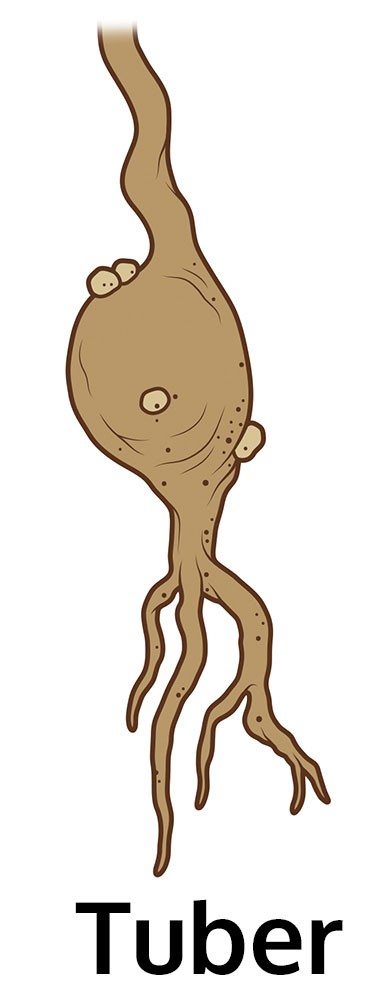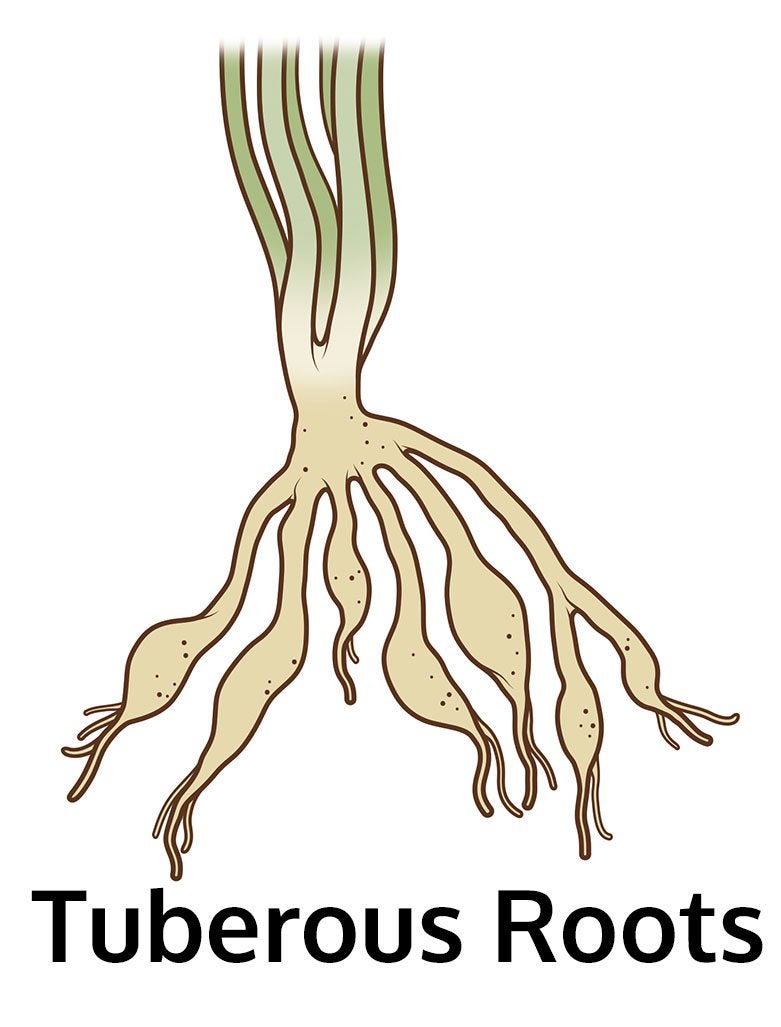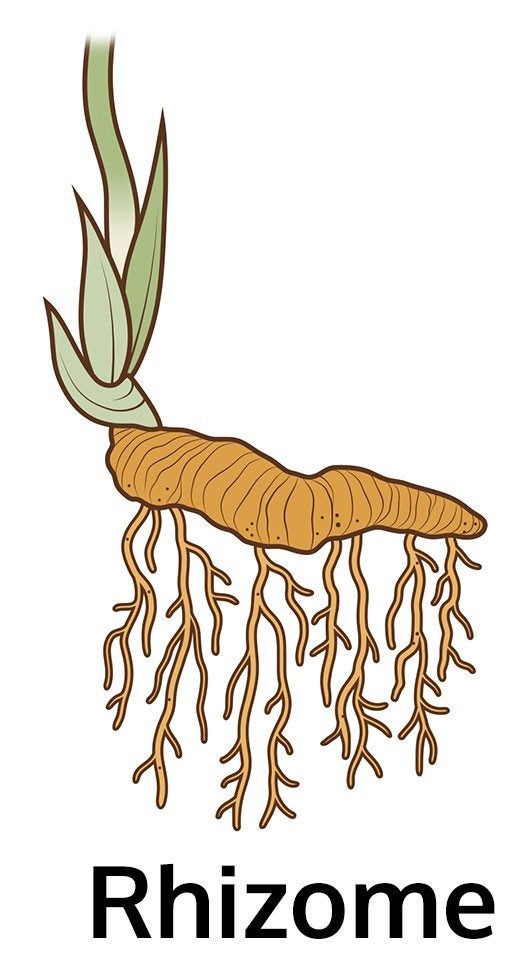Types Of Flower Bulbs - Learn About Different Bulb Types


Plants propagate from many sources. Seeds are the most common way, but they also reproduce through offsets, corms, rhizomes, tubers, and bulbs. Bulbs are underground storage structures that carry both the genetic starting material for the plant but also a food supply to get it going. There are five different types of bulbs but only one true bulb. The different bulb types are more accurately called geophytes and encompass a wide range of plant types.
True Bulb Basics
The true bulb is a layered structure filled with plant carbohydrates with a plant shoot in the core. It has a basal plate where roots grow, fleshy scales or layers, the outer skin, and the shoot at the center flanked by developing bulblets. Common spring bulbs, like daffodils and tulips, are true bulbs.
There are two different types of bulbs that are in the true bulb category.
Tunicate bulbs all have the outer skin or tunic. This papery cover protects the interior scales where the food sources are stored. Tulips are a good example of this type of bulb.
Imbricate bulbs, like lilies, do not have a paper covering. This type of bulb must stay moist prior to planting.
Different Bulb Types
Many underground storage structures are also called bulbs, but they are not true bulbs. These include corms, tubers, and rhizomes. Each of these is also filled with carbohydrate sugars to fuel plant growth and development.

Corms - Corms are similar in appearance to bulbs but are solid inside. Crocosmia grows from corms, which spread rapidly and easily, as do gladiolus, crocus, and freesia.
Sign up for the Gardening Know How newsletter today and receive a free copy of our e-book "How to Grow Delicious Tomatoes".

Tubers - A tuber is a swollen stem with growth nodes or eyes. Daylilies and cyclamen are examples of tuber types of flower bulbs. Tubers are propagated by planting a piece of the tuber with several healthy eyes. There are exotic and urbane types of flower bulbs, with a variety suitable for nearly every gardening situation.

Tuberous roots - There are also tuberous roots, like tuberous begonia, which are thickened roots that hold food sources.

Rhizomes - Rhizomes are another of the bulb plant types. They are simply underground stems that also store plant food and can sprout new growth. Common plants having rhizomes are irises. You can see the rhizomes on old stands of iris, as the large roots get pushed up out of the soil. They are easy to pull apart and start new plants.

Bulblets/bulbils - There is another bulb-type structure called a bulblet or bulbil. These are the tiny round organs found growing on the tops of Alliums and related plants.
Bulb Plant Types
Not only flowering plants spring from bulbs and other storage structures. Potatoes come from tubers, bamboo arises from rhizomes, and elephant ear plants have tuberous bulb-like structures. While not technically considered bulbs, hostas are also commonly grouped with other bulbous-type plants.
The most well-known, however, are the flowering types. The wide variety in types of flower bulbs speaks to nature's wisdom in providing variety and adaptability in her plants.

Bonnie Grant is a professional landscaper with a Certification in Urban Gardening. She has been gardening and writing for 15 years. A former professional chef, she has a passion for edible landscaping.